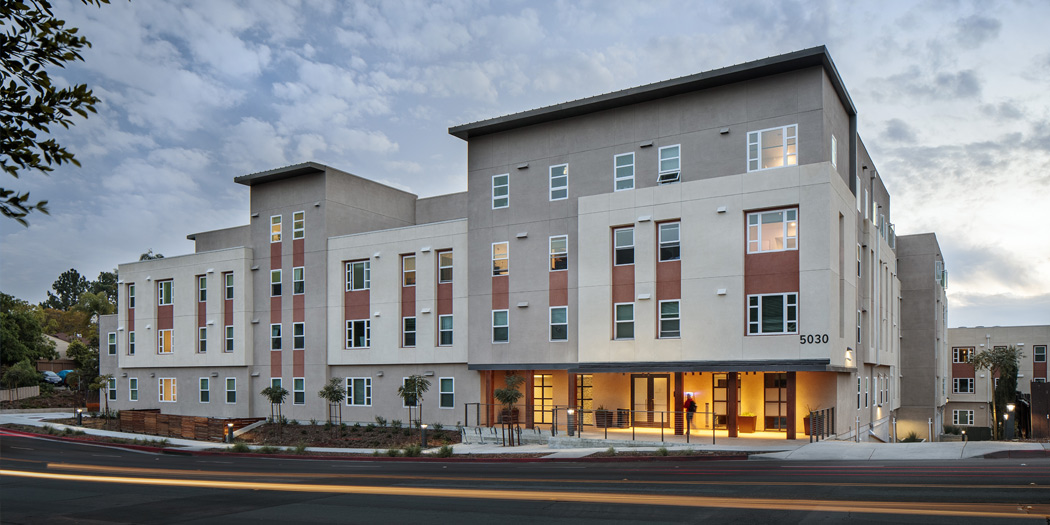
By Dr. Matthew Brown, president, Capstone Management Partners, and Robert Brown, Vice President of Asset Management, Capstone Development Partners.
One of the many advantages for colleges and universities, when considering the use of Public-Private Partnerships “P3s” for new on-campus residence hall facilities, is the opportunity to transfer the risk and responsibility of long-term repair and replacement of major building systems and physical assets to the development partner. More than ever before, institutions are challenged with the need to address growing deferred maintenance priorities with highly constrained funding sources. As a result, residence halls must compete with university-wide capital renewal needs, which often leads to outdated residential facilities, dissatisfied students, and the potential for catastrophic building system failures. For these reasons, the potential to transfer this risk to a development partner through a P3 should be more compelling than ever. However, the process of capital renewal planning and the execution of that plan under a P3-delivered project is often not well-understood by college and university leaders.
In an effort to offer some insight, we begin with the purpose of capital renewal planning, which is to maximize the useful life of a facility, reduce operating costs, improve project marketability and promote a positive student experience. In the P3 model, these benefits are delivered through the implementation of a multi-year plan that details building systems and components the developer is responsible for repairing and/or replacing over the negotiated ground lease term. This plan’s effectiveness is then assessed annually and updated based on actual facility performance. Through this article, we seek to offer further insight regarding the four critical elements of a successful P3 capital renewal strategy which include: (1) Establishing an initial plan, (2) Conducting annual reviews, (3) Mitigating potential shortfalls, and (4) Maintaining stakeholder communication.
This is an excerpt from an article originally published on the P3 Resource Center. Read the full piece here.